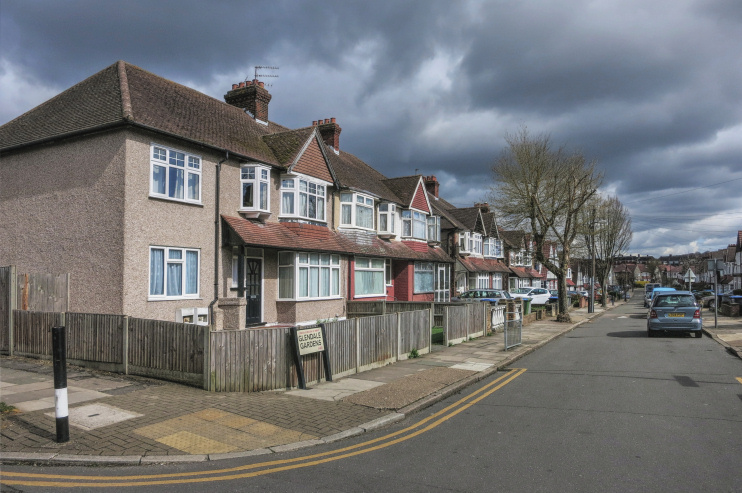Preston
Preston, Brent
A quiet, multi-ethnic corner of North Wembley, situated south-east of Kenton

Preston’s name meant ‘priest’s farmstead’ and Domesday Book recorded the presence of a landowning priest in the district.
A settlement was in existence here by the mid-13th century, when the hamlet of Uxendon had also appeared, just to the east. The Babington plot to assassinate Elizabeth I was hatched and foiled at Uxendon, with the resultant execution of 14 conspirators.
John Lyon, the yeoman who founded Harrow school, lived at Preston in the 16th century and bequeathed his farm to provide funds for the upkeep of the school. The Horseshoe inn gained a licence in 1751, when houses had begun to cluster around the green.
Preston House was built early in the 19th century and its subsequent tenants included a surgeon, a cigar importer and a solicitor. Encroachments reduced the size of the green, while the vicinity remained agricultural, with farms shifting increasingly to the production of hay for London’s horses.
George Timms acquired Preston House in 1880 and turned the grounds into a tea garden, which survived into the 20th century. A proposal to build a station on the Metropolitan Railway was vetoed in 1896 because the locality remained so sparsely populated. A wooden halt opened to serve the shooting events of the 1908 Olympic Games, which were held at Uxendon Farm.
In the 1920s and early 1930s Harrow school and Oxford’s Christ Church college sold their Preston estates, while Wembley council upgraded the country lanes. Shops and the Preston Park Hotel (now The Preston) were built in the late 1920s, with many more shops following in the 1930s, together with a primary and secondary school.
A proper station was built at Preston Road in 1931 in response to the rapid spread of housing across the district. A Liberal synagogue (now Mosaic liberal synagogue) opened in 1947 to serve the substantial Jewish community and the Church of the Ascension was consecrated a decade later and was recently grade II listed. A council estate replaced Lyon’s Farm in the early 1960s, when Preston House was also demolished.
No single ethnic group is in a majority in Preston, although the white and Indian groups together make up nearly two-thirds of the total population. The majority of the Indian population is Hindu. At Preston Park primary school 45 languages are spoken, some of the most common being Gujarati, Urdu, Japanese, Tamil, Somali and Arabic.
Preston’s name is not widely used locally – the neighbourhood is generally considered to be part of either Kenton or North Wembley.
